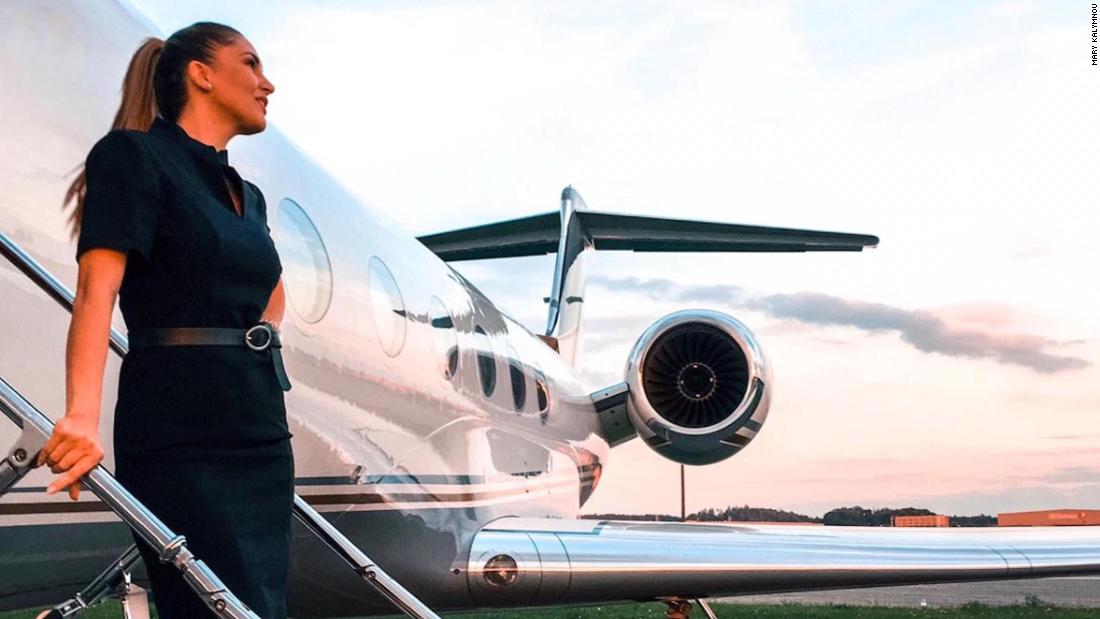The calculation of the cost of a private jet flight consists of many parameters, including fuel prices, ground handling, anti-icing. To take into account all the difficulties and optimize the budget, we have compiled a list of the most frequently asked questions and answered them.
1. Increase in flight prices
When planning and signing a contract for long-haul flights for two to three months, it happens that a few days before the flight, the airline announces to its passengers a change in its price.
The airline gives the cost of the flight based on the prices of fuel, air navigation and ground handling at the date of calculation. These parameters can increase in two to three months, which will lead to an increase in the cost of the charter. If prices fall, then most likely no one will say anything about it.
2. Flight payment currency
Often a situation arises when a foreign plane is ordered, and it is necessary to pay in washed currency. Many airlines and brokers say that this form of payment is not possible.
You can pay for the flight in local currency, only the flight must be ordered at least 7 days in advance from a broker who knows how to properly process and make such payments.
3. Detailing an account
Some companies try to make money on de-icing by issuing an invoice to the client for the total amount immediately after the flight or by including a knowingly large amount in the cost of the flight.
Official detailed bills from agents who flush the plane at the airport arrive at the airline, usually a few days after the flight.
4. Problems with paying in dollars
When paying for flights in US dollars, the recipient or correspondent bank is usually an American bank. Be prepared for the fact that if your route is indicated in the payment destination, the transfer may be blocked, and funds frozen until the circumstances are clarified.
When some countries are mentioned in the payment destination, the American payment system blocks the money transfer, therefore, it is not recommended to indicate the flight route in this situation.
5. Additional passengers
Sometimes, a few hours before departure, the broker conducting the flight learns about an increase in the number of passengers. This is immediately reported to the airline, which usually does not refuse to carry, if the plane has enough seats equipped with seat belts. But in addition to notifying the operator, it is worth taking care of other organizational issues, including transport.
Do not forget to order an additional car to meet passengers at the airport of arrival.
6. Domestic flight
If you need to fly between two airports within the same country, you should be prepared for the fact that when using a local carrier, the cost of the charter may increase by the amount of VAT (VAT).
In some cases, when flying through the territory of one country in the EU zone, it is advisable to use the services of a foreign airline.

7. Aircraft departure
It happens that problems with parking the plane arise even if you are going to rest for two or three days, for example, in Chambery. A business jet will have to leave the airport as soon as it drops you off, and the operator can bill for the departure of the aircraft to the nearest airport.
When booking a flight, it is worthwhile to discuss in advance the conditions and cost of leaving the aircraft for emergency parking.
8. Empty Leg
If you have a one-way flight, you should pay attention to the Empty Leg system - the route on which the plane follows without passengers.
Not all companies and do not always talk about what you can ask for Empty Leg. For example, another client paid for a trip from Nice to Moscow, to the place where the aircraft was based, which means that the plane leaves for Nice empty. Since the flight has already been paid for, its price drops significantly, and you can take advantage of this by “hooking” on this flight to Nice at a lower cost.
9. High season
On holidays or in high season, the cost of flights increases significantly.
Book your flights in advance to fix the best price. It’s best to start booking flights 2-3 months before departure. Or fly out not on holidays, but at the end of holiday dates, when everyone comes back. The cost savings will be substantial.